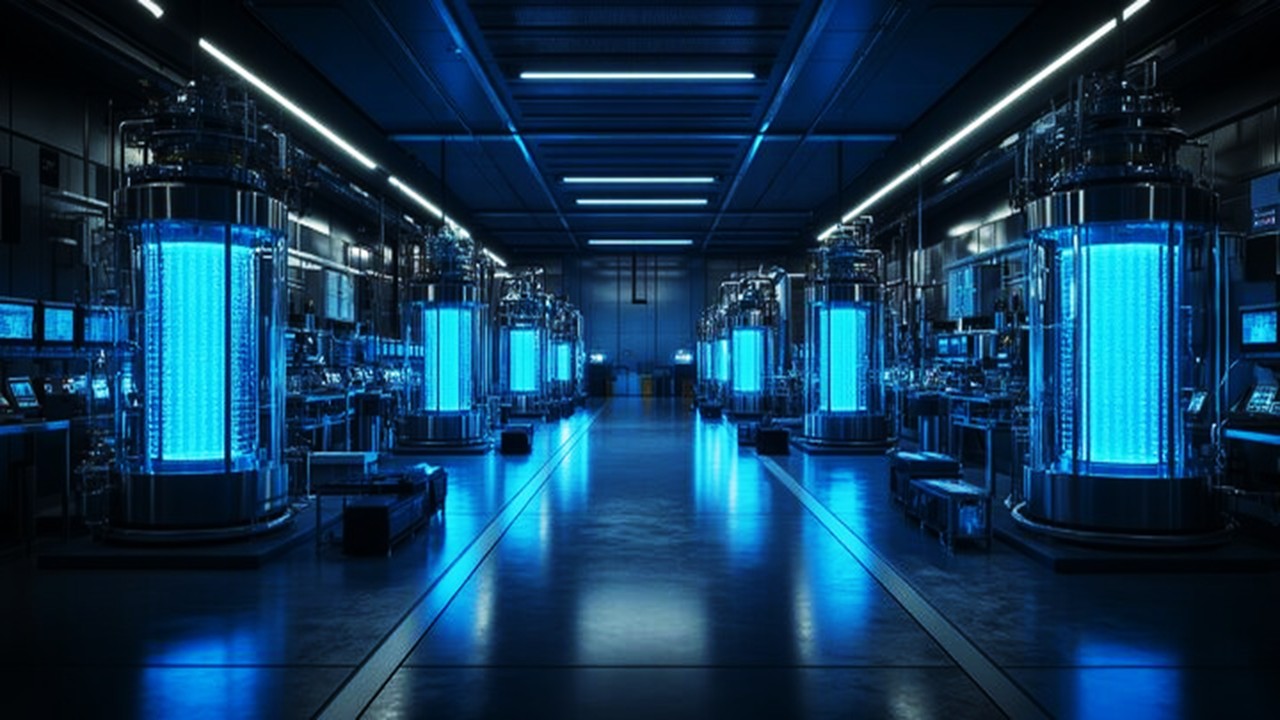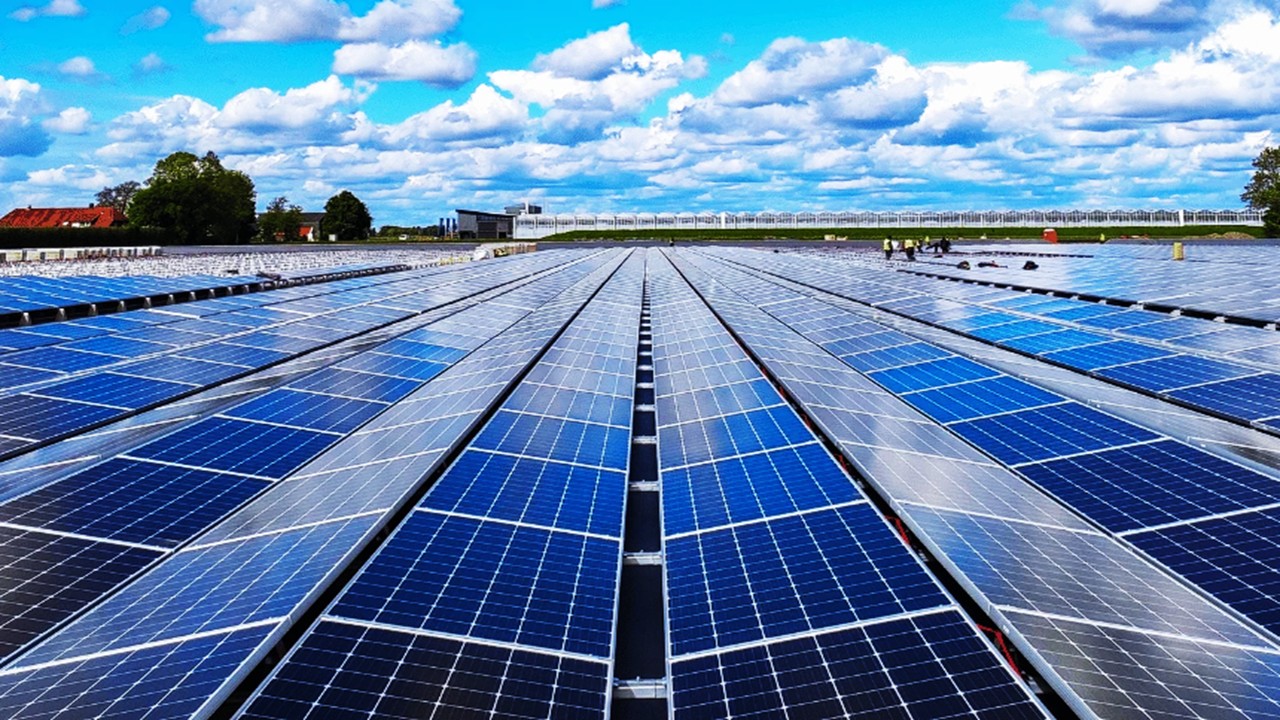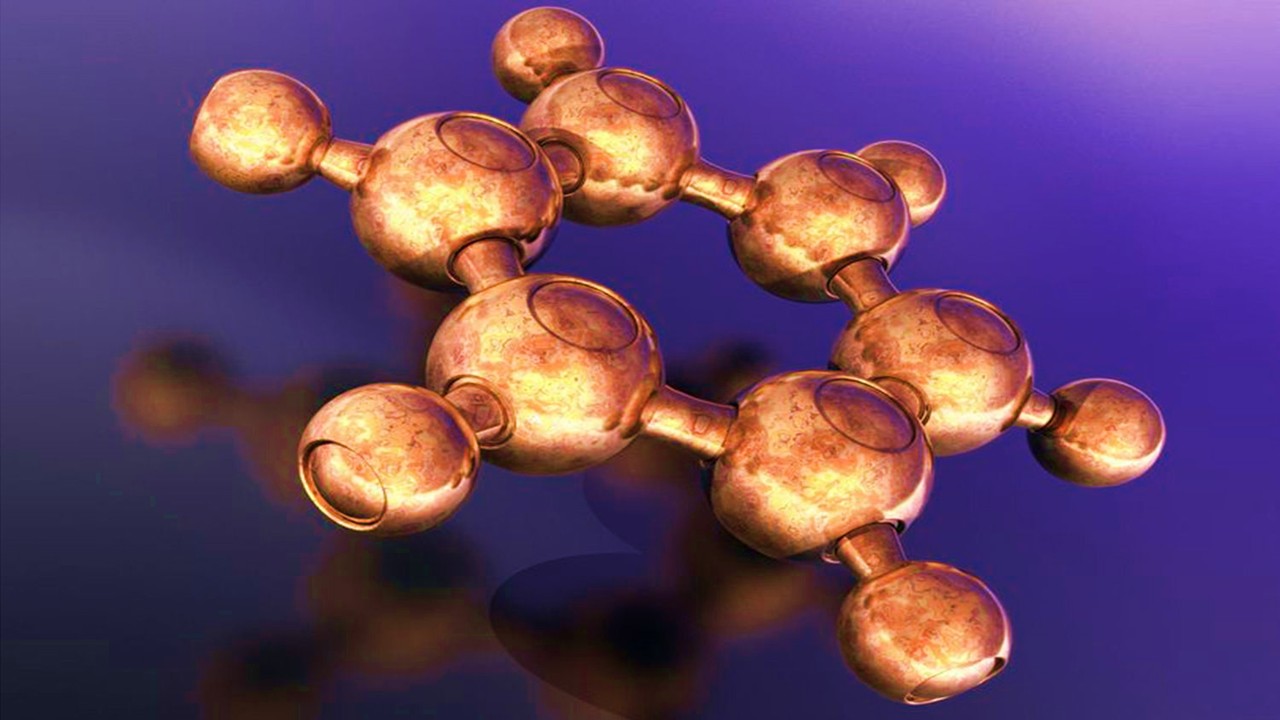The quest for sustainable chemistry has reached an inflection point where biomass—the planet’s most abundant renewable carbon source—is transitioning from alternative to imperative. Unlike fossil hydrocarbons locked in geological formations, biomass represents active carbon cycling through photosynthesis, offering a dynamic feedstock for chemical manufacturing without net atmospheric CO₂ increases. From lignocellulosic waste streams to algal triglycerides, biological materials are being deconstructed and reassembled through novel catalytic and biotechnological processes that rival petrochemical efficiency. This shift isn’t merely ecological posturing; it’s a fundamental reengineering of chemical supply chains to harness nature’s own molecular architectures, evolved over millennia for precise structural and energetic properties. The biomass revolution is rewriting the rules of industrial organic synthesis, one enzymatic transformation at a time.
Lignocellulose Deconstruction: Breaking Nature’s Most Stubborn Polymer
Lignocellulosic biomass—the structural material of plant cell walls—presents both a challenge and opportunity as a chemical feedstock. Its recalcitrance stems from an evolutionary arms race where plants developed lignin-hemicellulose matrices to resist microbial degradation. Modern biorefineries employ a multi-pronged attack on this fortress, combining mechanical, chemical, and biological tools to liberate fermentable sugars and aromatic compounds.
Steam explosion has emerged as a leading pretreatment, using saturated steam at elevated pressures to penetrate cell walls before rapid decompression fractures the material. The process simultaneously hydrolyzes hemicellulose acetyl groups, generating organic acids that autocatalyze further breakdown. Researchers note that optimal severity factors—balancing temperature and residence time—can maximize sugar yields while minimizing inhibitory byproduct formation. The resulting material exhibits increased cellulose accessibility, a critical factor for subsequent enzymatic hydrolysis.
Ionic liquids represent a more sophisticated approach, dissolving lignocellulose entirely at mild temperatures through disruption of hydrogen bonding networks. Certain imidazolium-based salts selectively solubilize cellulose while leaving lignin precipitable, enabling fractionation without harsh acids or bases. The real breakthrough lies in their recyclability; distillation recovers the solvents with minimal degradation, addressing a major economic hurdle. Recent advances in switchable ionic liquids, which change polarity upon CO₂ exposure, allow even greener recovery methods.
Biological pretreatment using white-rot fungi offers an energy-efficient alternative. These organisms secrete lignin peroxidases and laccases that depolymerize lignin through radical-mediated cleavage, leaving cellulose relatively intact. While slower than thermochemical methods, fungal systems operate at ambient conditions with negligible chemical inputs. Genetic engineering is enhancing these natural machineries, with recombinant strains now capable of simultaneous lignin modification and cellulose saccharification.
The endgame is consolidated bioprocessing—a unified system where engineered microbes both deconstruct biomass and ferment the products. Cellulosomes, nature’s nanoscale cellulase complexes, are being reengineered for industrial hosts, creating “one-pot” lignocellulose conversion. This eliminates separate hydrolysis and fermentation steps, dramatically improving energy efficiency while reducing capital costs.
Sugar Platforms: The New Petrochemistry of Carbohydrate Conversion
Liberated biomass sugars are undergoing a valuation shift—from mere fermentation substrates to versatile chemical building blocks. The aldehyde and hydroxyl functionalities of monosaccharides provide reactive handles for catalytic transformations rivaling traditional petrochemical pathways. This carbohydrate economy is giving rise to new reaction paradigms optimized for oxygen-rich molecules rather than hydrocarbon skeletons.
Hydrogenolysis of glucose over ruthenium-tin catalysts exemplifies this shift, selectively cleaving C-OH bonds to produce hexanediols—key monomers for performance polymers. The trick lies in catalyst design; bimetallic systems prevent excessive decarbonylation while maintaining sufficient activity for industrial throughput. Reactor engineering is equally critical, with trickle-bed configurations ensuring optimal hydrogen mass transfer to the aqueous sugar solutions.
Oxidative cleavage opens alternative pathways. Periodate-mediated glycol splitting converts glucose to dialdehydes, which can be further oxidized to dicarboxylic acids or reduced to polyols. These reactions mimic petroleum cracking but operate at milder temperatures thanks to sugar’s innate reactivity. Membrane-integrated reactors continuously remove inhibitory byproducts, pushing equilibria toward desired products while maintaining catalyst longevity.
Enzymatic cascades offer unparalleled specificity. Engineered transketolases and transaldolases stitch sugar fragments into higher-value compounds like rare ketoses or amino sugars. These multi-enzyme systems self-regulate cofactor recycling, avoiding costly external additions. Researchers highlight how microcompartmentalization—inspired by natural metabolons—prevents cross-inhibition between pathway enzymes while maintaining metabolic flux.
The most transformative development may be electrochemical sugar upgrading. Direct electron transfer at tailored electrode surfaces enables selective deoxygenation or functionalization without sacrificial reagents. Paired electrolysis configurations couple glucose oxidation at the anode (producing gluconate) with reduction reactions at the cathode, achieving atomic efficiencies approaching theoretical maximums. This electrified approach aligns perfectly with renewable power integration.
Lignin Valorization: From Waste Stream to Aromatic Powerhouse
Lignin, long considered a biorefinery waste product, is being reimagined as a treasure trove of aromatic building blocks. Its complex polyphenolic structure, while challenging to depolymerize controllably, offers distinct advantages over petroleum-derived aromatics in terms of functionality and stereochemical diversity. Modern catalytic strategies are finally cracking lignin’s code without reducing it to mere thermal energy.
Reductive catalytic fractionation (RCF) has emerged as a game-changer. Palladium or nickel catalysts in methanol solvent systems cleave lignin’s β-O-4 linkages while stabilizing the fragments through immediate hydrogenation. This prevents recombination into char, yielding discrete phenolic monomers like propylguaiacol alongside oligomeric fractions. The process cleverly leverages lignin’s own structure; methoxyl groups guide selective cleavage while the alcohol solvent acts as both medium and hydrogen donor.
Oxidative approaches take the opposite tack, using oxygen or peroxide to open lignin’s aromatic rings into dicarboxylic acids. Vanadium-based polyoxometalate catalysts perform this transformation with remarkable selectivity, preserving acid-sensitive aliphatic sidechains. The resulting muconic acid derivatives serve as direct replacements for petroleum-sourced adipic acid in nylon production, closing the loop on sustainable polymer chemistry.
Biological lignin depolymerization is making strides through enzyme engineering. Bacterial dye-decolorizing peroxidases (DyPs) have been redesigned with expanded active sites that accommodate bulky lignin fragments. Directed evolution has enhanced their stability under industrial conditions, enabling continuous operation in membrane bioreactors. The resulting lignin oligomers exhibit more uniform properties than thermochemical products, ideal for high-value applications.
Perhaps the most elegant solution is avoiding depolymerization altogether. Lignin-first biorefining integrates extraction with stabilization, producing preserved oligomers that serve as renewable replacements for phenol-formaldehyde resins. These “designer lignins” are tailored during biomass pretreatment to retain specific interunit linkages, giving materials scientists unprecedented control over thermoset properties. The approach exemplifies the circular economy principle—using lignin’s native complexity as an asset rather than a problem to be solved.
Algal Systems: Photosynthetic Factories for Tailored Lipids
Microalgae represent a biomass source fundamentally different from terrestrial plants—unicellular factories converting sunlight and CO₂ into dense energy stores with minimal structural baggage. Their lipid profiles, easily manipulated through stress induction, provide ideal feedstocks for catalytic upgrading into fuels and chemicals. The challenge lies in harmonizing biological productivity with downstream processing efficiency.
Nitrogen deprivation triggers remarkable metabolic shifts in oleaginous algae, redirecting carbon flux from proteins to triacylglycerides (TAGs). While this stalls growth, the lipid fraction can exceed half the cell’s dry weight. Researchers have identified light modulation strategies that maintain reasonable growth rates while still inducing lipid accumulation—alternating between nitrogen-replete and depleted conditions in tune with circadian rhythms.
Harvesting these microscopic cells traditionally required energy-intensive centrifugation or chemical flocculation. Electrically induced flotation now offers a low-energy alternative, where applied voltages generate microbubbles that carry algal cells to the surface. The breakthrough came with realizing that algal surface charges fluctuate with growth phase; timing harvest to specific conductivity optimizes recovery while minimizing power consumption.
In situ transesterification streamlines biodiesel production by combining lipid extraction and conversion in one step. Acid catalysts in methanol directly convert wet algal biomass to fatty acid methyl esters (FAMEs), bypassing energy-intensive drying and separate extraction. Recent advances use CO₂-expanded methanol to enhance lipid solubility while maintaining catalyst activity, achieving near-quantitative conversions without excessive solvent volumes.
The real value may lie in specialty lipids. Certain algae produce omega-3 fatty acids or unusual cyclic structures that serve as premium chemical intermediates. Membrane photobioreactors with tuned light spectra can shift lipid profiles toward these high-value targets, creating customized feedstocks for pharmaceuticals or advanced materials. This precision farming of molecules exemplifies the potential of algal systems beyond bulk production.
Thermochemical Conversion: Beyond Combustion to Molecular Control
While biomass combustion for heat represents its simplest energy use, advanced thermochemical processes are achieving far more sophisticated molecular transformations. Gasification, pyrolysis, and hydrothermal processing each offer distinct advantages for converting solid biomass into platform chemicals, often with better energy efficiency than biological routes for certain feedstocks.
Catalytic fast pyrolysis (CFP) exemplifies this precision. By passing biomass vapors over zeolite catalysts at carefully controlled residence times, oxygenated compounds undergo deoxygenation and aromatization into hydrocarbon mixtures resembling crude oil. The magic lies in catalyst pore architecture; hierarchical zeolites with mesopores prevent coke formation while micropores shape product distributions. Co-fed hydrogen further upgrades the output, yielding drop-in ready fuels without full-scale refinery processing.
Hydrothermal liquefaction (HTL) exploits water’s unique properties near critical points. Under moderate temperatures and high pressures, water becomes an effective solvent and reaction medium for biomass decomposition. The process preserves more hydrogen compared to dry pyrolysis, yielding “biocrude” with higher energy density and lower oxygen content. Continuous flow reactors now maintain optimal conditions for hours, overcoming earlier challenges with solids handling and heat transfer.
Supercritical water gasification takes this further, completely reforming biomass into syngas with remarkable efficiency. The extreme conditions prevent tar formation while allowing sulfur and nitrogen to be removed as water-soluble salts. Recent designs incorporate ceramic membranes that simultaneously separate hydrogen from the product stream, driving equilibria toward complete conversion. This approach could make distributed hydrogen production from agricultural waste economically viable.
Microwave-assisted pyrolysis introduces another dimension of control. Unlike conventional heating which penetrates slowly, microwave radiation excites polar molecules throughout the biomass volume. This enables rapid, uniform heating that minimizes secondary reactions responsible for char formation. Susceptor materials like silicon carbide further focus energy deposition, allowing precise temperature profiles unattainable in traditional reactors.
Hybrid Systems: Merging Biological and Chemical Catalysis
The most promising biomass conversion strategies refuse to be pigeonholed as strictly biological or chemical, instead blending enzymatic specificity with synthetic catalysis’ robustness. These hybrid systems achieve transformations neither catalyst class could accomplish alone, often with synergistic improvements in efficiency and selectivity.
One-pot chemo-enzymatic cascades exemplify this convergence. Lipases pre-esterify free fatty acids in crude plant oils, allowing subsequent chemical hydroprocessing without acid catalyst poisoning. The enzymes operate under mild conditions that preserve sensitive polyunsaturates, while metal catalysts handle saturation and deoxygenation at higher temperatures. Membrane reactors maintain each catalyst in its optimal microenvironment while allowing intermediate transfer.
Whole-cell biocatalysis paired with electrocatalysis creates self-sustaining redox systems. Microbial oxidation of sugars generates electrons that drive metal-catalyzed reductions at separate electrodes. This circumvents traditional cofactor regeneration challenges while avoiding costly electron mediators. The system beautifully mirrors natural electron transport chains, but with expanded synthetic capabilities beyond biology’s native repertoire.
Photobiocatalysis combines light-harvesting semiconductors with enzyme specificity. Quantum dots absorb visible light, generating excited electrons that enzymes use to drive thermodynamically challenging reductions. The spatial organization is critical—DNA scaffolds position catalysts within electron tunneling distances while preventing protein denaturation. This artificial photosynthesis approach is particularly effective for reductive amination of biomass-derived carbonyls.
The ultimate hybrid may be bioinspired synthetic metalloenzymes. Artificial protein scaffolds housing abiotic cofactors perform transformations unknown in nature, like alkane metathesis or selective C-H activation. These designer catalysts combine the evolvability of biology with the reaction scope of organometallic chemistry, pointing toward a future where biomass conversion pathways are invented rather than discovered.
Circular Systems: Integrating Biomass Conversion with Manufacturing
Standalone biomass conversion risks repeating the linear economy mistakes of petrochemistry. True sustainability requires designing integrated systems where waste streams become inputs, and energy flows are optimized across multiple processes. These circular approaches are yielding biorefinery concepts radically different from their petroleum counterparts.
Agro-industrial symbiosis represents one model. Citrus processing waste provides limonene for solvents, while the remaining biomass fuels anaerobic digesters whose CO₂ output feeds algal ponds. The algae, grown on digester nutrients, provide high-value oils and protein supplements, closing multiple material loops simultaneously. Geographic clustering of these industries minimizes transport energy while creating resilient regional economies.
Chemical recovery loops are equally critical. Solvents like γ-valerolactone (GVL), derived from biomass sugars, can be nearly quantitatively recovered via CO₂-induced phase separation. This closed-loop operation eliminates traditional distillation energy while maintaining solvent purity. Similar approaches recover ionic liquids, enzymes, and homogeneous catalysts, dramatically improving process economics.
Waste heat integration reaches new sophistication in biorefineries. Exothermic condensation reactions provide energy for endothermic pretreatment steps, while distillation column overhead vapors preheat incoming feedstocks. Pinch analysis optimizes these exchanges, sometimes revealing unexpected synergies—like using pyrolysis reactor heat to maintain anaerobic digester temperatures.
The most advanced systems incorporate renewable power directly. Electrochemical processes run when solar or wind generation peaks, producing hydrogen or reduced intermediates that stabilize excess electrons as chemical bonds. This “power-to-X” approach transforms biorefineries into grid-scale energy buffers while co-producing valuable chemicals. The emerging vision is of industrial ecosystems where energy and material flows mirror natural biogeochemical cycles.
The Biomass Century
The transition from fossil to biomass feedstocks represents more than substitution—it’s a fundamental reimagining of chemical manufacturing’s first principles. Where petrochemistry relies on energy-intensive reduction of hydrocarbons, biomass chemistry leverages nature’s pre-functionalized molecules through selective defunctionalization. This inversion of traditional synthesis paradigms promises both environmental and economic sustainability.
Technical hurdles remain, particularly in achieving the scale and reliability demanded by commodity chemical markets. But the rapid advancement of catalytic strategies, bioprocess engineering, and system integration suggests these are solvable problems rather than fundamental limitations. The pieces are falling into place for a new industrial revolution—one where chemical manufacturing aligns with rather than exploits planetary boundaries.
As biomass conversion technologies mature, they’ll likely bifurcate into two complementary tracks: high-volume routes for bulk chemicals and tailored approaches for specialty products. This duality mirrors natural ecosystems’ efficiency, where generalized and specialized niches coexist. The end result may be a chemical industry as diverse and adaptive as the biosphere that inspires it.
The 20th century belonged to petroleum; the 21st will be defined by our ability to harness biomass’s molecular potential while respecting its ecological context. In this emerging paradigm, waste becomes feedstock, energy flows in loops rather than lines, and chemistry rediscovers its roots in the living world. The biomass imperative isn’t just about making chemicals sustainably—it’s about redefining sustainability through chemistry.
Engr. Dex Marco Tiu Guibelondo, B.Sc. Pharm, R.Ph., B.Sc. CpE
Editor-in-Chief, PharmaFEATURES

Subscribe
to get our
LATEST NEWS
Related Posts

Chemistry, Manufacturing & Controls
Precision Engineering: The Science of Optimizing Bioreactor Conditions
Bioreactors serve as the cornerstone of modern bioprocessing, enabling the scalable production of therapeutics, biofuels, and engineered tissues.

Chemistry, Manufacturing & Controls
Chemical Gale: How Wind Energy is Reshaping Industrial Manufacturing
The integration of wind energy into chemical manufacturing constitutes a fundamental reimagining of process chemistry.
Read More Articles
Optimizing Freight Consolidation: Unlocking Efficiency in Multi-Modal Transport for Pharmaceutical Supply Chains
By employing multi-modal systems, where goods are transferred seamlessly between different transportation methods, stakeholders in the pharmaceutical industry can unlock substantial improvements in both efficiency and cost management
Algorithmic Trials: How Decision Theory is Reshaping Decentralized Clinical Research
Decision theory offers a robust mathematical framework to design trials that enhance efficiency, uphold ethical standards, and better reflect the complexities of real-world therapeutic contexts.
Polarity Alchemy: Strategic Charge Manipulation in Contemporary Drug Design
The future promises tunable therapies with polarity adjustable by light, magnetic fields, or bioorthogonal triggers.













